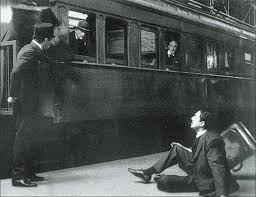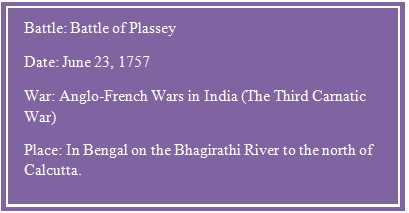History. A subject, lowest on the list of priorities, in most schools. A subject, often detested by most students. A subject, most people love to hate!
But History is a subject I have always loved and enjoyed. And a part of what I do, is driven towards trying to make it more meaningful and interesting for people.
Here is Part II of an ongoing Series on this blog – Making History Interesting for Children – which contain tips and tricks to help you make History more interesting and relevant for Children.
In case you’ve missed it, here is Making History Interesting for Children – Part I – Eliminate the Dates!
Well. let’s delve then into Part II – Don’t Begin at the Beginning!
So, lets say you want to tell your child about Mahatma Gandhi.
Scenario 1 : You start at the beginning.
‘Gandhi was born on 2nd October, 1869 in the town of Porbandar in Gujarat’.
Chances are you will elicit a loud yawn sometime soon.
Scenario 2 : You start at a dramatic moment in Gandhi’s biography.
‘Did you know…Gandhi was once thrown out of a train along with his luggage in South Africa despite having a valid ticket!’ (showing a picture of the scene)

Chances are you have your child hooked on and will be faced with questions like ‘Why was he thrown out?’ and ‘What did Gandhi do after that?’.
Ask any writer or film-maker worth their salt and they’ll tell you the hook is a game-changer to any story. The best stories can fail to attract readers if they start poorly. Meanwhile, mediocre stories can have you reading/watching, if they start with a bang! The start is very crucial.

Think of your favourite book, movie or play. It is likely that they had you hooked on with an engaging start.
That engaging start need not necessarily be at the beginning.
You can always start at a dramatic moment in the story – and then move back and forward as you wish on the timeline. Most good storytellers do that. For that allows you to create suspense, a sense of foreboding, a flashback – tools that add greatly to a story.
In my experience engaging with children, I have found that whether something is interesting or boring…depends on the way in which the idea is introduced to the child.
A story need not be told in a linear fashion – except to very little kids who don’t quite understand the way flashback works.
You don’t have to start telling your child about the history of the Mughals with the first battle of Panipat.
And there’s no bigger kill-joy than to begin with ‘the Battle of Panipat took place in 1526!’ (Want some ideas to work around dates and chronology in History? Click here)
You don’t have to start the Story of Shivaji with the story of his ancestors. Or the story of Colonization by the British with the Battle of Plassey.

Start instead with a dramatic story – something moving, interesting, relevant. Something the child can connect with.
How did Biryani become part a of Indian Cuisine – that could be a starting point to explore more about the Mughals.

Why do so many Indians speak English? Why do we play Cricket? Start your journey to understand Colonial rule through these familiar territories.
For Maratha History – use Shivaji’s ingenious military strategies, a visit to his forts, the story of his fantastic escape from Aurangzeb – many potential starting points.

Once the child is hooked or engaged, you will invariably find them returning for more. And going further back in the chronology to discover the sequence of events as they happened.
History is not boring. More often that not, it is the manner in which one chooses to talk about History that puts children off. It is the method that holds the key in making it interesting.
A little effort will go a long way in breathing life into a subject children find boring and dull!
And this is one tool I have found very useful in making history interesting for my children.
Don’t begin at the beginning. Begin instead at the most dramatic point of the story.
To stay posted on Tips to make Indian History interesting and Stories to make Indian Culture engaging and relevant to children, sign up for the Site Newsletter.

Trackbacks and Pingbacks